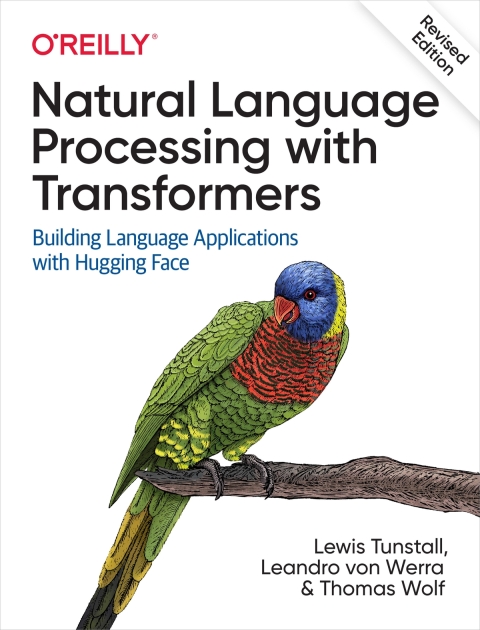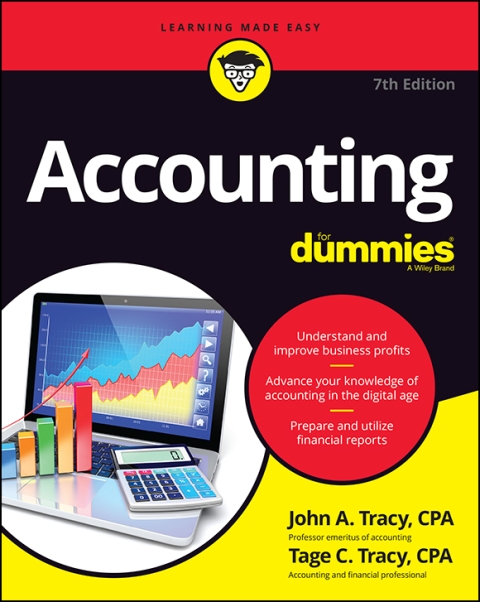Description
Efnisyfirlit
- Foreword
- Preface
- Who Is This Book For?
- What You Will Learn
- Software and Hardware Requirements
- Conventions Used in This Book
- Using Code Examples
- O’Reilly Online Learning
- How to Contact Us
- Acknowledgments
- Lewis
- Leandro
- Thomas
- 1. Hello Transformers
- The Encoder-Decoder Framework
- Attention Mechanisms
- Transfer Learning in NLP
- Hugging Face Transformers: Bridging the Gap
- A Tour of Transformer Applications
- Text Classification
- Named Entity Recognition
- Question Answering
- Summarization
- Translation
- Text Generation
- The Hugging Face Ecosystem
- The Hugging Face Hub
- Hugging Face Tokenizers
- Hugging Face Datasets
- Hugging Face Accelerate
- Main Challenges with Transformers
- Conclusion
- 2. Text Classification
- The Dataset
- A First Look at Hugging Face Datasets
- From Datasets to DataFrames
- Looking at the Class Distribution
- How Long Are Our Tweets?
- From Text to Tokens
- Character Tokenization
- Word Tokenization
- Subword Tokenization
- Tokenizing the Whole Dataset
- Training a Text Classifier
- Transformers as Feature Extractors
- Fine-Tuning Transformers
- Conclusion
- 3. Transformer Anatomy
- The Transformer Architecture
- The Encoder
- Self-Attention
- The Feed-Forward Layer
- Adding Layer Normalization
- Positional Embeddings
- Adding a Classification Head
- The Decoder
- Meet the Transformers
- The Transformer Tree of Life
- The Encoder Branch
- The Decoder Branch
- The Encoder-Decoder Branch
- Conclusion
- 4. Multilingual Named Entity Recognition
- The Dataset
- Multilingual Transformers
- A Closer Look at Tokenization
- The Tokenizer Pipeline
- The SentencePiece Tokenizer
- Transformers for Named Entity Recognition
- The Anatomy of the Transformers Model Class
- Bodies and Heads
- Creating a Custom Model for Token Classification
- Loading a Custom Model
- Tokenizing Texts for NER
- Performance Measures
- Fine-Tuning XLM-RoBERTa
- Error Analysis
- Cross-Lingual Transfer
- When Does Zero-Shot Transfer Make Sense?
- Fine-Tuning on Multiple Languages at Once
- Interacting with Model Widgets
- Conclusion
- 5. Text Generation
- The Challenge with Generating Coherent Text
- Greedy Search Decoding
- Beam Search Decoding
- Sampling Methods
- Top-k and Nucleus Sampling
- Which Decoding Method Is Best?
- Conclusion
- 6. Summarization
- The CNN/DailyMail Dataset
- Text Summarization Pipelines
- Summarization Baseline
- GPT-2
- T5
- BART
- PEGASUS
- Comparing Different Summaries
- Measuring the Quality of Generated Text
- BLEU
- ROUGE
- Evaluating PEGASUS on the CNN/DailyMail Dataset
- Training a Summarization Model
- Evaluating PEGASUS on SAMSum
- Fine-Tuning PEGASUS
- Generating Dialogue Summaries
- Conclusion
- 7. Question Answering
- Building a Review-Based QA System
- The Dataset
- Extracting Answers from Text
- Using Haystack to Build a QA Pipeline
- Improving Our QA Pipeline
- Evaluating the Retriever
- Evaluating the Reader
- Domain Adaptation
- Evaluating the Whole QA Pipeline
- Going Beyond Extractive QA
- Conclusion
- 8. Making Transformers Efficient in Production
- Intent Detection as a Case Study
- Creating a Performance Benchmark
- Making Models Smaller via Knowledge Distillation
- Knowledge Distillation for Fine-Tuning
- Knowledge Distillation for Pretraining
- Creating a Knowledge Distillation Trainer
- Choosing a Good Student Initialization
- Finding Good Hyperparameters with Optuna
- Benchmarking Our Distilled Model
- Making Models Faster with Quantization
- Benchmarking Our Quantized Model
- Optimizing Inference with ONNX and the ONNX Runtime
- Making Models Sparser with Weight Pruning
- Sparsity in Deep Neural Networks
- Weight Pruning Methods
- Conclusion
- 9. Dealing with Few to No Labels
- Building a GitHub Issues Tagger
- Getting the Data
- Preparing the Data
- Creating Training Sets
- Creating Training Slices
- Implementing a Naive Bayesline
- Working with No Labeled Data
- Working with a Few Labels
- Data Augmentation
- Using Embeddings as a Lookup Table
- Fine-Tuning a Vanilla Transformer
- In-Context and Few-Shot Learning with Prompts
- Leveraging Unlabeled Data
- Fine-Tuning a Language Model
- Fine-Tuning a Classifier
- Advanced Methods
- Conclusion
- 10. Training Transformers from Scratch
- Large Datasets and Where to Find Them
- Challenges of Building a Large-Scale Corpus
- Building a Custom Code Dataset
- Working with Large Datasets
- Adding Datasets to the Hugging Face Hub
- Building a Tokenizer
- The Tokenizer Model
- Measuring Tokenizer Performance
- A Tokenizer for Python
- Training a Tokenizer
- Saving a Custom Tokenizer on the Hub
- Training a Model from Scratch
- A Tale of Pretraining Objectives
- Initializing the Model
- Implementing the Dataloader
- Defining the Training Loop
- The Training Run
- Results and Analysis
- Conclusion
- 11. Future Directions
- Scaling Transformers
- Scaling Laws
- Challenges with Scaling
- Attention Please!
- Sparse Attention
- Linearized Attention
- Going Beyond Text
- Vision
- Tables
- Multimodal Transformers
- Speech-to-Text
- Vision and Text
- Where to from Here?
- Index
- About the Authors






